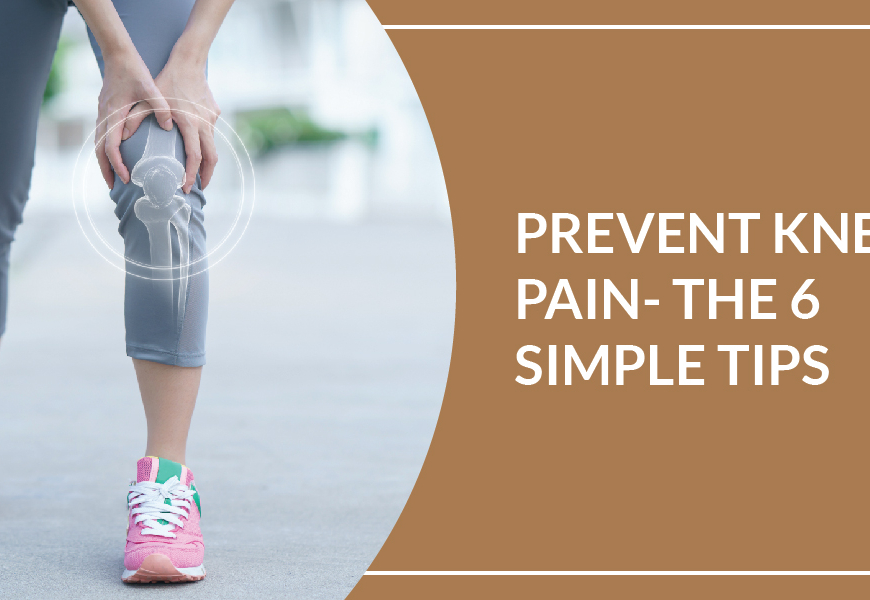What’s Inside?
- Plank Pose and Yoga Training
- The Benefits of Plank Pose
- Want to Learn More than Just Planking? Hith Yoga has You Covered!
Hate them or love them (if you do love them though, you are likely to be in the minority), you cannot escape the plank in any form of exercise you do. Despite the general dread anybody has of planks, they are an important path of both exercise and yoga training, and for good reason. Few exercises can engage the whole body and challenge the core the way a plank pose can. There are, however, some subtle differences in the way western exercise and yoga approaches plank.
Western forms of exercise usually see the plank as an exercise of its own. Yoga does this too, but you are most likely to engage in a plank as one of the transitional yoga poses in your exercise, such as during a Surya Namaskar. The plank pose in yoga is also called by many different names, including Phalakasana, Santolasana, Utthita Chaturanga Dandasana, or Kumbhakasana, indicating the different ways a plank is incorporated into yoga.
However, whether it be as a part of a flow sequence or as a separate yoga asana of your yoga training, a plank pose can provide you with a number of benefits, which include –
- Ab Blast – Who doesn’t want a great set of abs? Incorporating planks into your yoga training is one surefire way to start. A good core, however, does more than just look good. The core supports the vital organs of our body, improves posture, endurance, and reduces back pain. Thus, to work upon and improve your core health is to improve your overall health.
- Better Posture – When done correctly a plank pose can help you improve your posture by strengthening your core and the muscles around your spine. A good posture doesn’t only mean you look taller and leaner – it also means that your body doesn’t fatigue easily and that you do not fall prey to nagging pains such as those of the back and the shoulders.
- Improve Bone Density – Osteoporosis is a major challenge that many face as they advance through the ages, and women, in particular, are especially vulnerable. Incorporating plank poses into yoga training can help build up the bone mass in the arms, wrists, feet and shoulders, thus ensuring that your body remains protected from bone-related issues in the long run.
- Stepping Stone – As you advance through your yoga training, you would want to take up the more challenging asanas such as headstands or the crane pose. In order to be able to do so, you need – you guessed it – a good core and strong arms. The plank pose, which is challenging but still allows you to engage with your legs and hips, is a great starting point to prep for the advanced yoga poses.
- Improving Focus – In yoga, the focus with a plank is not just on form. It is also focused on breathing and mindfulness. Being mentally present as your body undertakes this challenge allows you to cultivate mental endurance, focus and concentration, thus enabling you to take these things out of your yoga training and into your life.
Hence, integrating a plank pose into your yoga training can help you up to your fitness game, and challenge you to push your body and mind to the next level.
Want to Learn More Than Just Planking?
Sure, yoga does incorporate a lot of planking, but there is so much more than that. If you want to explore the holistic world of yoga and how it can benefit your mind and body, why not do it with the best? Hith Yoga Studio offers exactly this. Combining the most highly qualified teachers with a world-class ambience, a holistic approach to yoga and facilities including personal and corporate training and workshops, Hith Yoga ensures that you get the best out of yoga, and tailors the discipline to your fitness goals and wellness. So join Hith Yoga today, and change the way you experience yoga.





Add Comment